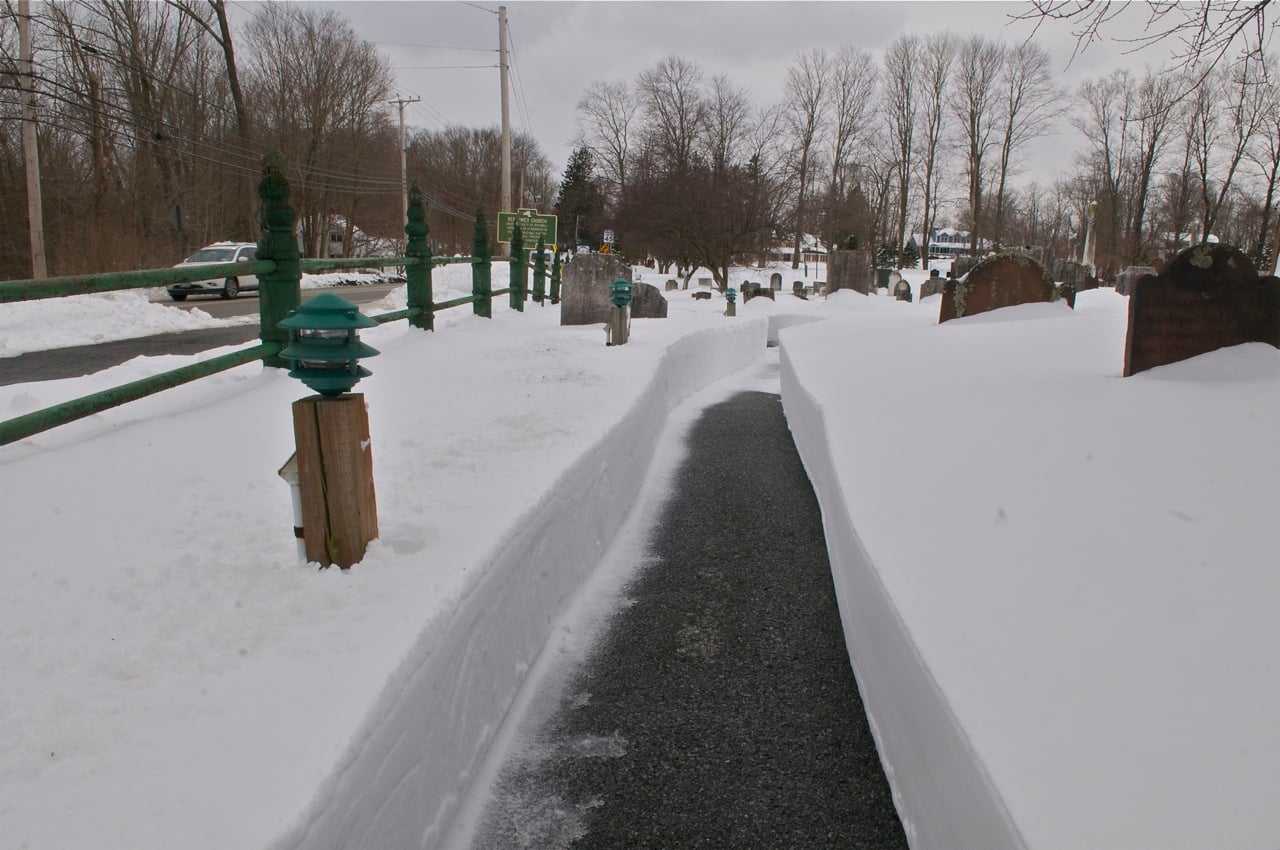
By Joe Lombardi From Daily Voice
Americans could see a winter with more dramatic shifts in temperature and precipitation as federal forecasters signal a La Niña may be on the horizon for the 2025–26 season.
According to the latest update from the NOAA Climate Prediction Center, released Tuesday, Aug. 19, conditions in the Pacific Ocean are showing early signs of a La Niña pattern developing by this fall or early winter.
NOAA has issued a La Niña Watch, indicating there’s increased confidence that this climate phenomenon could briefly take hold before the end of the year.
La Niña events, driven by cooler-than-average ocean temperatures along the equator in the Pacific, often bring distinct weather changes across the US.
For the upcoming season, NOAA currently predicts a 56 percent chance that ENSO-neutral conditions — neither El Niño nor La Niña — will persist through late summer.
However, by September through January, forecasters “narrowly favor” a weak and short-lived La Niña, with conditions likely to revert back to neutral by late winter or early spring 2026.
As of mid-August, cooler subsurface ocean temperatures and strengthening trade winds are reinforcing the possibility of La Niña development.
While many climate models still lean toward neutral conditions through the winter, recent trends have prompted NOAA to raise the odds for a brief La Niña period.
Should this weak La Niña form, the US may experience some classic impacts:
- Northern US: Conditions could be colder, wetter, and snowier than usual.
- Southern US: The southern Rockies, Southwest, and southern-tier states may be in for a warmer and drier winter.
- Pacific Northwest: Coastal Washington and Oregon could face cooler-than-normal temperatures, while inland areas might get above-average precipitation.
NOAA cautions that this anticipated La Niña is expected to be weak and may not last the full duration needed for an official designation.
Still, even a short-lived La Niña can tip the scales on winter weather, making it worth keeping an eye on upcoming forecasts as the season approaches.
Check back to Daily Voice for updates.

 Daily Voice
Daily Voice
 New York Post
New York Post Raw Story
Raw Story WEHT/WTVW
WEHT/WTVW Democrat and Chronicle
Democrat and Chronicle NBC News
NBC News Detroit News
Detroit News ABC News
ABC News KNAU
KNAU